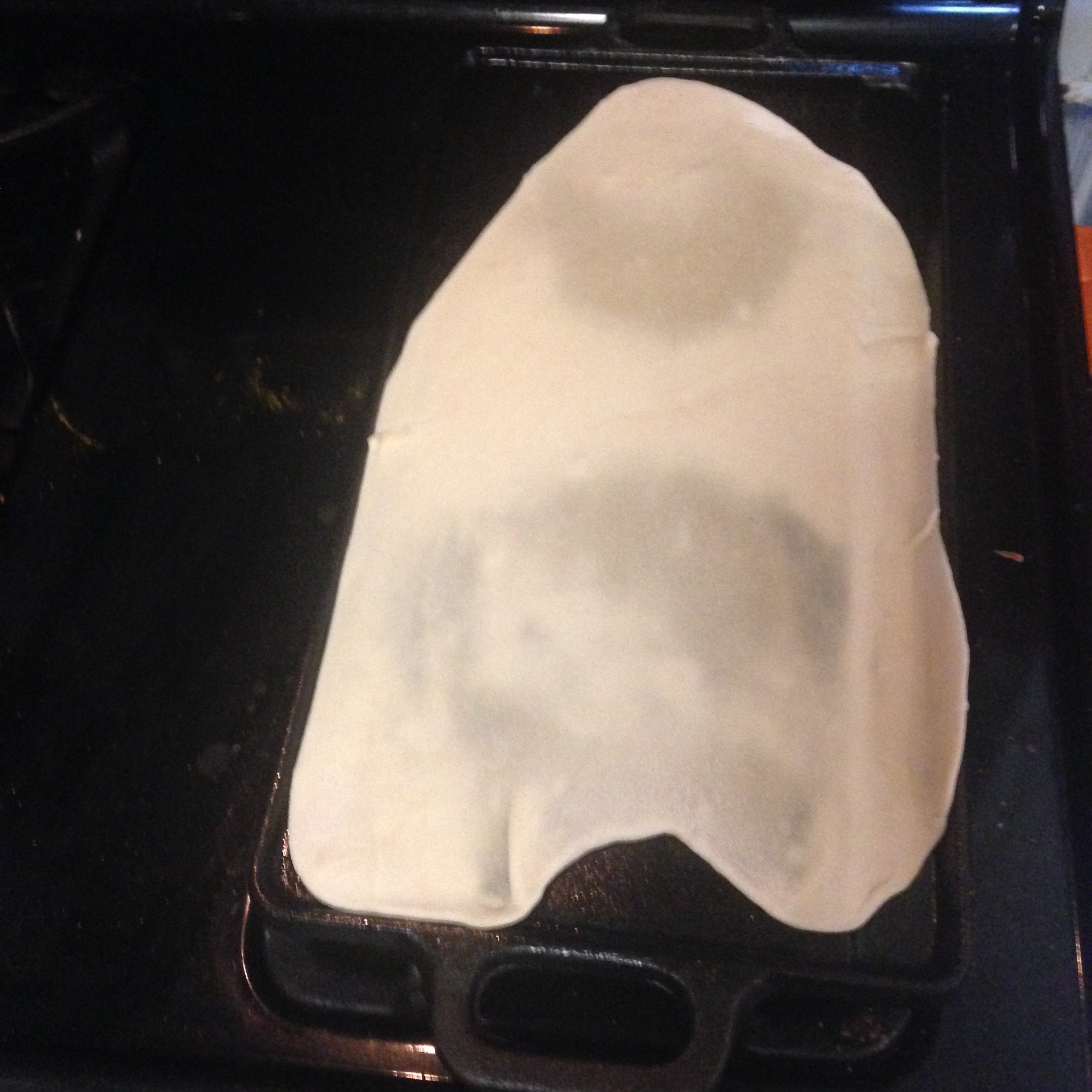Remedial noodle remix, Round 2, liquid composition
It’s taken me a while to get motivated to test noodles styles since I discovered the ease and bounciness of the Kazakh noodles mentioned in my OP, with the added bonus that their stretching before boiling provide a noticeably homemade touch, with some variation in thickness and width.
But today I tested some variations on the liquid content. Again, with my preference for quite bouncy styles (unlike fresh, silky pasta), I stuck with King Arthur Bread flour for this test.
I initially intended to keep the liquid percentage constant, at the “ideal” liquid percentage listed in the Industrial Noodles book and Lucky Peach of 30%, but this is actually quite low, and even with just water forms a very dry dough if mixed directly. Better to mix as in pasta, until texture seems firm, then add more in rolling. Plus, the amount the flour absorbed with my various liquids of varying water and fat content was noticeably different.
I tried whole egg, yolk, white, water, and vodka. Though the amount of flour per unit liquid I added was quite different, with an attempt to normalize the texture/dryness, I tried to keep other factors the same by resting for an hour each, kneading 5x through the past roller on the thickest setting, adding enough flour to keep it smooth, and 2x more through the 2nd thickest setting. All were cooked for 2 minutes in boiling water.
The yolk only version mixed up most easily, with the dough losing any sense of gumminess quite easily, and it absorbed the least amount of flour per volume, which makes sense, as it has less water per volume. It rolled out to about half the thickness of most of the other noodles, even when using the same setting on the pasta roller since it didn’t bounce back in thickness. When cooked, it was the smoothest textured, retained a good amount of bounce, and had no gumminess.
The white-only version seemed sticky through most of the mixing, and needed a lot of flour addition to smooth when running through the roller. I began this project thinking I wanted the bounciest noodles possible, but these verged on a bit too firm for me, though it should be noted these are relatively thick noodles, which I ate in a simple sauced fashion, not sauteed or noodle soup.
The egg version was also a bit sticky, but similar to the white in properties. A bit less firm, this might have been the best balance for me. The Kazakh noodles in the OP contain mostly egg, but a bit of water too, but I prefer the egg only version (which is actually how I’d been making them since my original reading of the recipe).
The water version seemed less gummy than the egg white containing versions after initial mixing, but quite soft. It didn’t gain as much width back after rolling as any of the other noodles, with the except the yolk version. It cooked up the softest and gummiest, though firmer and not as gummy as I’ve experienced at say, Shangdong in Oakland.
The alcohol version (vodka, 80 proof, so still 60% water) mixed quite craggy. It never really smoothed out when running it through the pasta roller, and bounced back to a similar width as the egg-white containing versions. Upon cooking, it was quite bouncy, but also a bit gummy, and the noodles broke easily.
In summary, I’ve ordered them by the two most noticeable qualities (flavor differences were surprisingly subtle), with parenthesis around versions that are somewhat the same level of gumminess or bounciness/firmness, though still ordered by the more subtle differences I thought I perceived.
gumminess (least to most)–(yolk, white, whole egg), alcohol, water
bounciness (most to least)–white, whole egg, (yolk, alcohol), water
So if you like bouncy, yet still gummy noodles vodka might be the way to go. Whole egg was my favorite, but I’ll keep whites in mind for thinner cut noodles, where alkaline salts are often used for firmness, though I generally find the taste a bit distracting.
Yolks and whites–note how much thicker the whites are

Whole egg

Vodka in blue, water in clear

And a pic of how craggy the vodka noodles remained after rolling–vodka top, egg middle, water bottom















